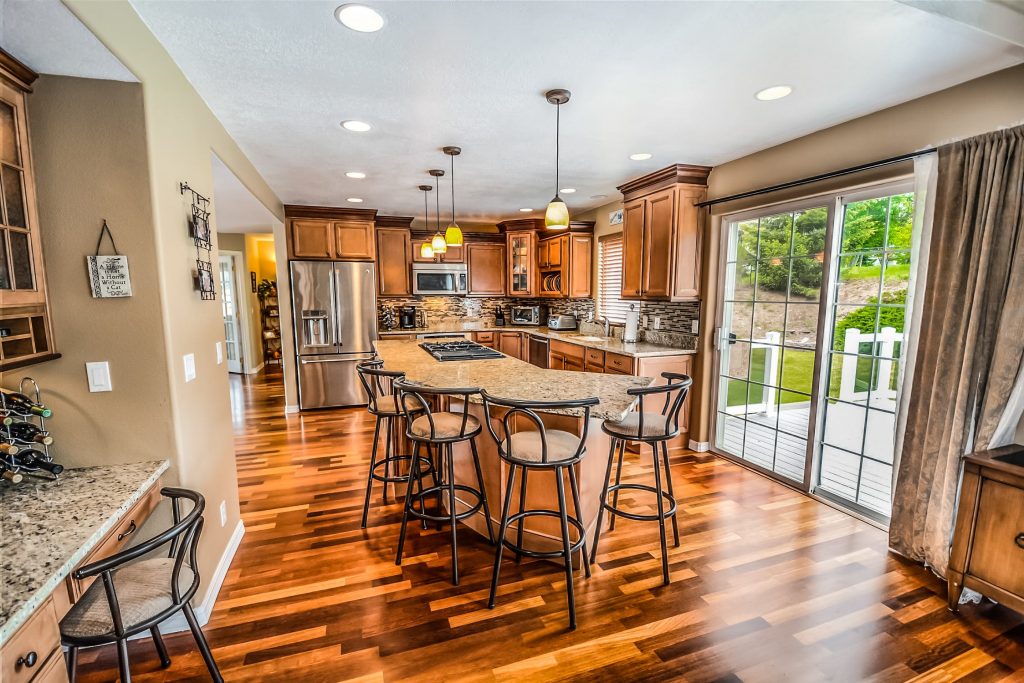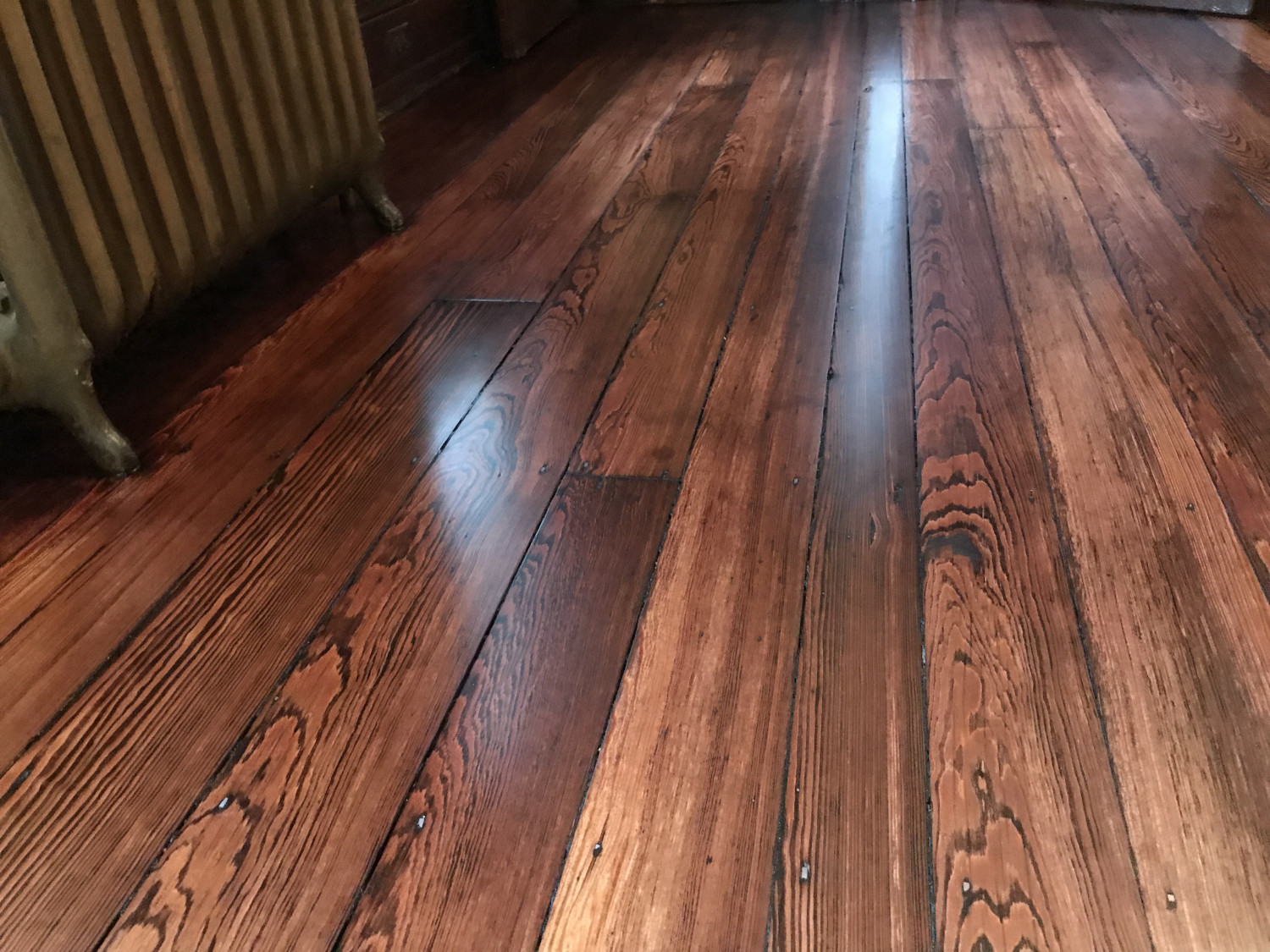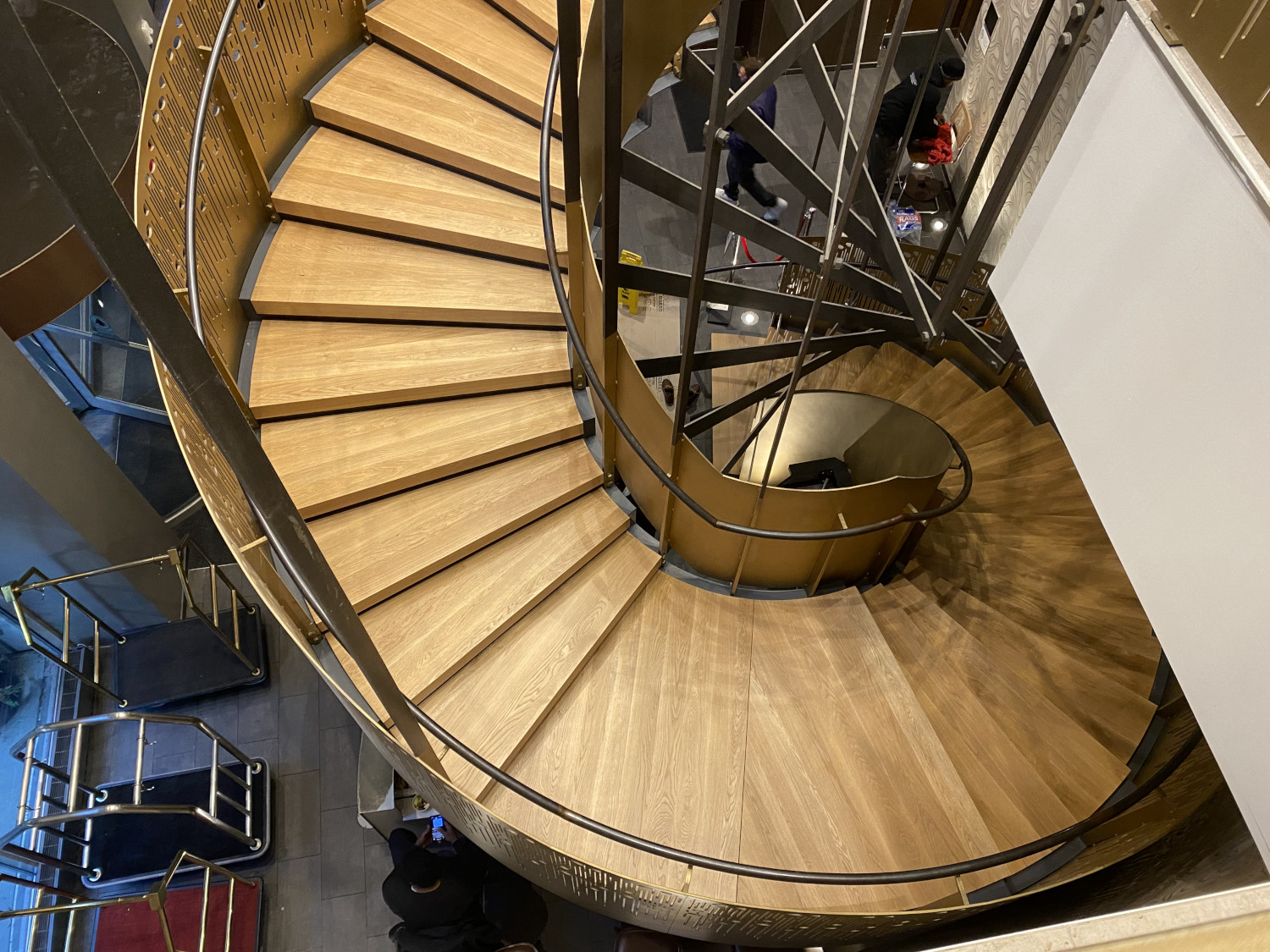How To Transition Your Wood Floors Between Rooms
Usually, when you look at a home with hardwood floors, the floors between rooms are typically separated using thresholds between those rooms. Some people, however, prefer the look of hardwood floors that run smoothly through the home, from room to room, without being separated by thresholds. Indeed, this creates more continuity and can make a home feel much more luxurious and cohesive, which is why it is so desirable.
Avoiding Transition Pieces and Thresholds
Anyone who decides to install hardwood flooring in their home will need to decide whether or not to use transition pieces and thresholds from room to room. It is something that they will want to talk to their hardwood flooring expert about. It is certainly possible to install wood floors that seamlessly transition from room to room without thresholds or transition pieces, but it does come with its drawbacks.
For example, it will result in taking on a rather big project because it will mean completing the entire house at once. However, if enough time and money are available to you, it is recommended because it is always elegant and beautiful. Whatsmore, when your wood floors run between rooms with no thresholds or transition pieces, you end up with more open and inviting spaces.

Utilizing Long and Continuous Flooring Boards
To avoid the use of thresholds and transition pieces, you will need to come up with a design for your space that ensures the placement of each floorboard in your home goes in the exact same direction. Obviously, the longer that the board is, the better when it comes to continuous floorboards. Long hardwood floorboards that flow between rooms without any break makes for a genuinely elegant look. When choosing hardwood floor widths, length should also be considered.
While this process will require some meticulous planning, it is undoubtedly something that a skilled hardwood flooring expert can achieve using the correct measurements and proper installation techniques to ensure that the floorboards will run seamlessly between rooms. That means that the installed long floorboards will actually run through doorways and openings, rather than boards being broken up from room to room.
Choosing the Correct Direction for Your Home’s Hardwood Floors
To create a seamless hardwood floor look without the use of transition pieces and thresholds, you’ll have to decide, with the help of your wood flooring professional, what is the optimal direction for the floorboards. For the hardwood flooring plan to work, the floors will need to be placed so that they’ll go in the exact same direction through the entire home.
By planning your hardwood flooring project in this way, you will create the effect of having larger open floor spaces, even between separate rooms, because, without transition pieces, everything has the impression of being more open. There might be instances, however, where you will have no choice but to change directions between rooms.
When a room in your home is narrow and long, you risk cutting off the room when you run the floorboards in the same direction as the shortest length in the room. Floors typically run parallel to a room’s longest length because, when you install boards parallel to the shortest length, the space can ultimately feel smaller than it is. In cases of small rooms, it may not be feasible to run the boards in the exact same direction for this reason. A professional hardwood flooring expert and their design team can help you to figure out what will work best in this situation.

When The Use of Transition Pieces and Thresholds Can’t Be Avoided
There will always be cases where the threshold and transition pieces will be unavoidable, like in the situation described above or for odd-shaped rooms where long continuous floorboards are simply not an option. Once you decide to change the direction of your hardwood floors or change materials between rooms, you’ll definitely need to use a threshold or transition piece in the doorway or opening separating the rooms.
Using Transition Pieces and Thresholds Between Rooms
Different flooring materials (even among various hardwoods) can result in changes to floor heights and changes in characteristics that can affect safety. Whether dealing with a change in direction or using different materials between rooms, the use of a threshold or a transition strip will almost always be a requirement. That’s because every flooring material requires some sort of finishing along the edge.
While you may want your transition to be as less noticeable as possible for aesthetic purposes, this really isn’t the best option for safety. A clearly visible transition is definitely safer because an approaching person that walks toward the change in the floor can clearly see and ultimately anticipate any change in the floor’s feel or elevation, which can ultimately help prevent accidents.
Thankfully, transition and threshold strips have come a long way, and there are currently a wide variety of lovely genuine hardwood transition pieces that are elegant and classy.

Why You Need a Professional Wood Flooring Expert to Design Your Project
While the installation of hardwood flooring is a project that many homeowners have been known to tackle on their own, it is not advisable. Now consider tackling the epic task of trying to install hardwood flooring without the use of any thresholds or transitions between rooms, and you can imagine just how challenging the project can be.
When it comes to installing wood floors, you absolutely want to make sure that it is done correctly the first time, or else you can end up costing yourself even more valuable time and money in the long run.
When it comes to installing whole house hardwood flooring that is seamless and doesn’t use thresholds or transitions from room to room, it will undoubtedly cost a fair amount of money to create such a luxurious look. However, creating such seamless transitions isn’t always an option, especially in homes with smaller or oddly shaped rooms.
When you contact the PA Wood Floor Experts at Artisan Wood Floors, you can trust that you are reaching out to a wood floor professional who can help you decide how to best install hardwood flooring throughout your home.
Call Artisan Wood Floors today at (215) 515-7355 and ask for Steve!
Recent Hardwood Flooring Projects in Philadelphia & NJ




0 Comments